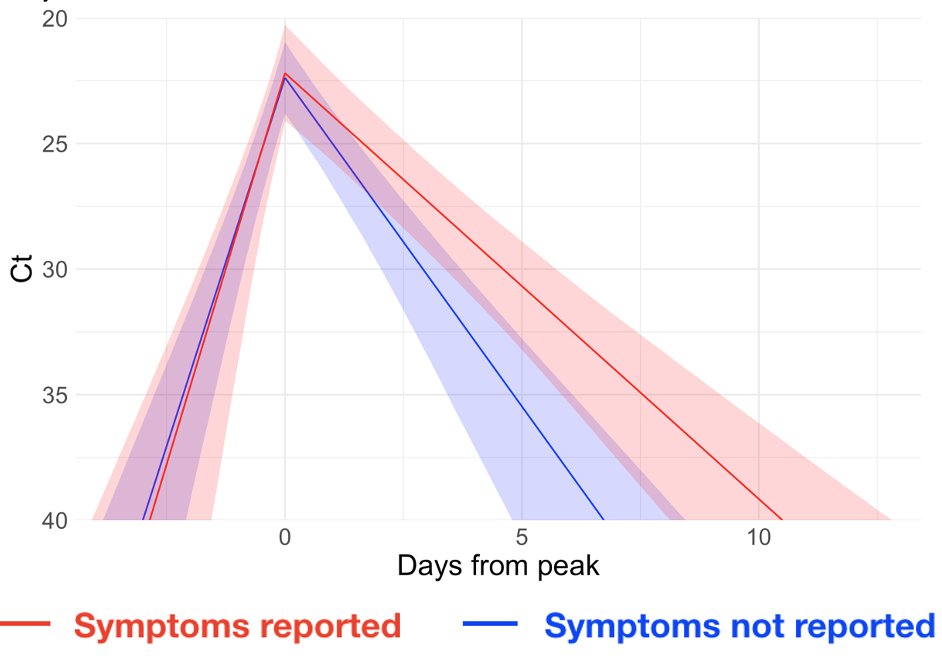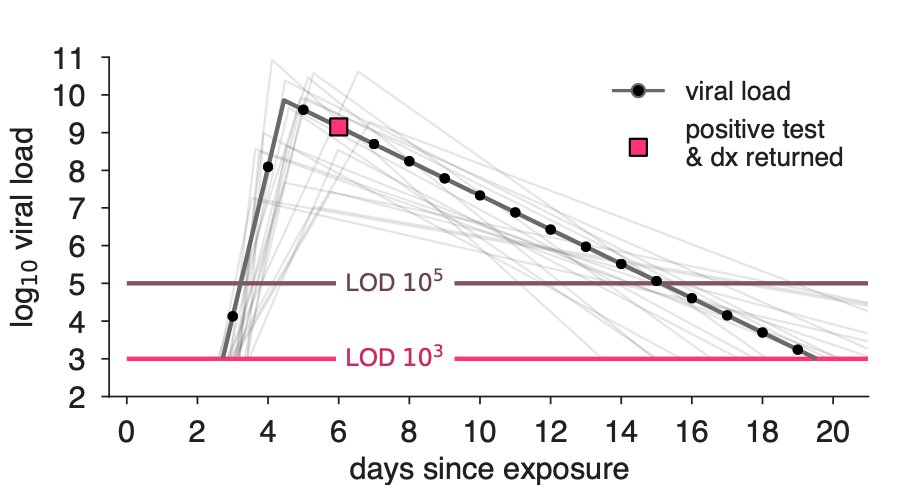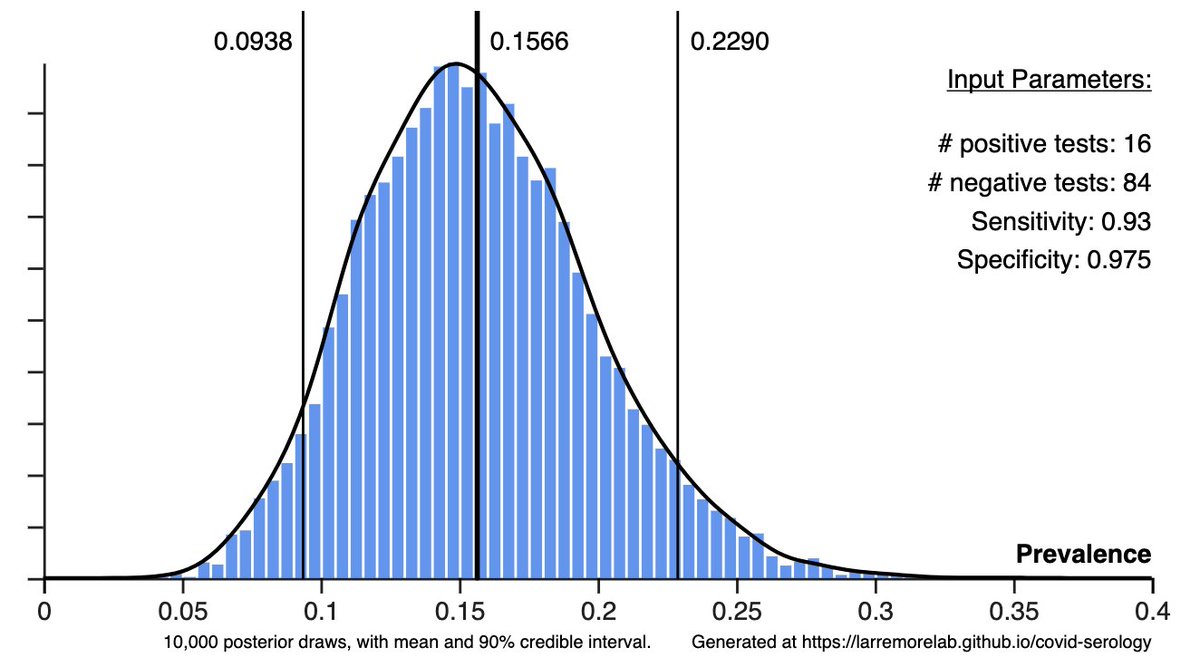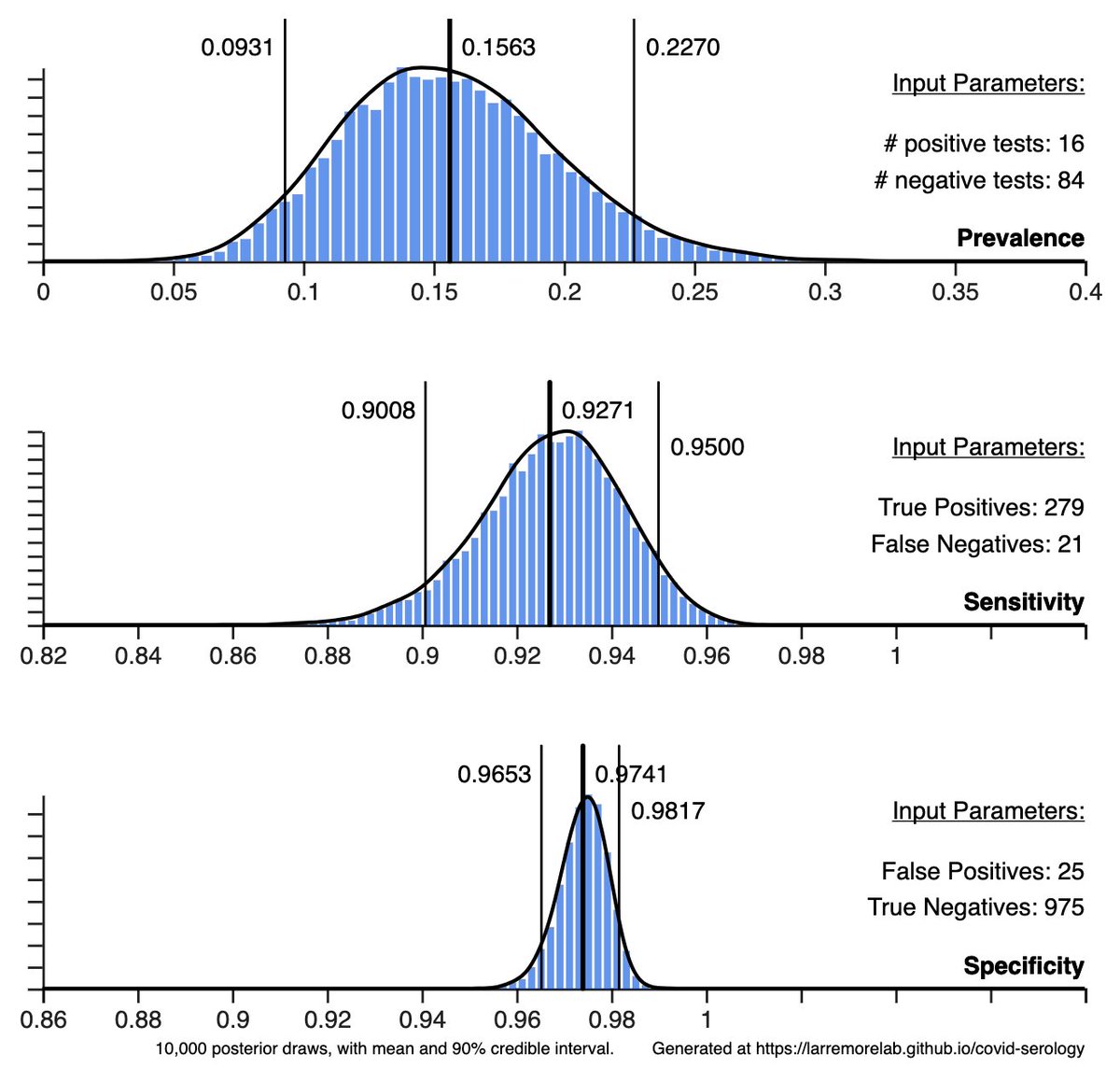
Here is my summary of an exciting new @NBA + longitudinal COVID testing paper.
Writing a thread about COVID and the NBA has been on my bucket list for some time, so today I decided to box out some time and give it a shot. 1/n
medrxiv.org/content/10.110…
Writing a thread about COVID and the NBA has been on my bucket list for some time, so today I decided to box out some time and give it a shot. 1/n
medrxiv.org/content/10.110…
Most of what we know about viral dynamics during SARS-CoV-2 infections comes from samples taken *after* symptom onset. From symptoms onward, viral loads slowly fadeaway.
What do viral loads look like between exposure and symptoms? 2/n
What do viral loads look like between exposure and symptoms? 2/n
In this study, researchers in the NBA bubble recruited players, coaches, vendors, and others to sign up for a longitudinal study with regular COVID testing.
In other words, the researcher ran a classic pick-enroll-screen in the NBA bubble. 3/n
In other words, the researcher ran a classic pick-enroll-screen in the NBA bubble. 3/n
Critically, this study was done prior to the release of the long-awaited vaccine. So there was time left on the shot clock. 4/n
Longitudinal testing identified infections early, and then monitored the unfolding trajectories: Ct counts drop and then rebound, corresponding to what the researchers call the “proliferation” and “clearance” phases. We know comparatively little about the proliferation phase! 5/n
After fitting a simple model to data from 46 individuals, the researchers found that symptomatic & asymptomatic people show similar viral dynamics during the proliferation phase when the infection is heating up, but different clearance times after the pivot has passed. 6/n 

I want to call a timeout here to note that the proliferation phase was found to last 0.7 to 4.7 days, averaging 3. So, the window of time during which a PCR outperforms less sensitive alternatives is around a day.
What does this mean for testing strategies? 7/n
What does this mean for testing strategies? 7/n
First, during man-to-man contact tracing following exposure, PCR can dunk on less sensitive tests by allowing *slightly* earlier detection during a likely proliferation phase.
But folks should quarantine post-exposure anyway. Travel would be a moving violation. 8/n
But folks should quarantine post-exposure anyway. Travel would be a moving violation. 8/n
On the other hand, during repeated screening tests of asymptomatics, which sets up a zone defense, the brief window during which PCR detects early is less important than increasing the accessibility and frequency of screening to clog the paint. 9/n
nejm.org/doi/full/10.10…
nejm.org/doi/full/10.10…
The @NBA demonstrated an effective strategy of repeated testing in the bubble, but I hope the lesson generalizes:
Frequent testing creates a lockdown defense that can literally be a defense against lockdowns! 10/n
Frequent testing creates a lockdown defense that can literally be a defense against lockdowns! 10/n
And one more key point. This study goes on to show that by interpreting the Ct values from *two* consecutive tests, it’s possible to predict whether an infection is in the proliferation or clearance phase! Some had speculated this could be possible—and this study did it! 11/n
Here’s a link to a proper thread on the paper by one of its authors, the wonderful @yhgrad.
Basketball puns aside, this is such an interesting, clear, and well written paper. I'm a fan.
Basketball puns aside, this is such an interesting, clear, and well written paper. I'm a fan.
https://twitter.com/yhgrad/status/1319733829205217282
• • •
Missing some Tweet in this thread? You can try to
force a refresh







